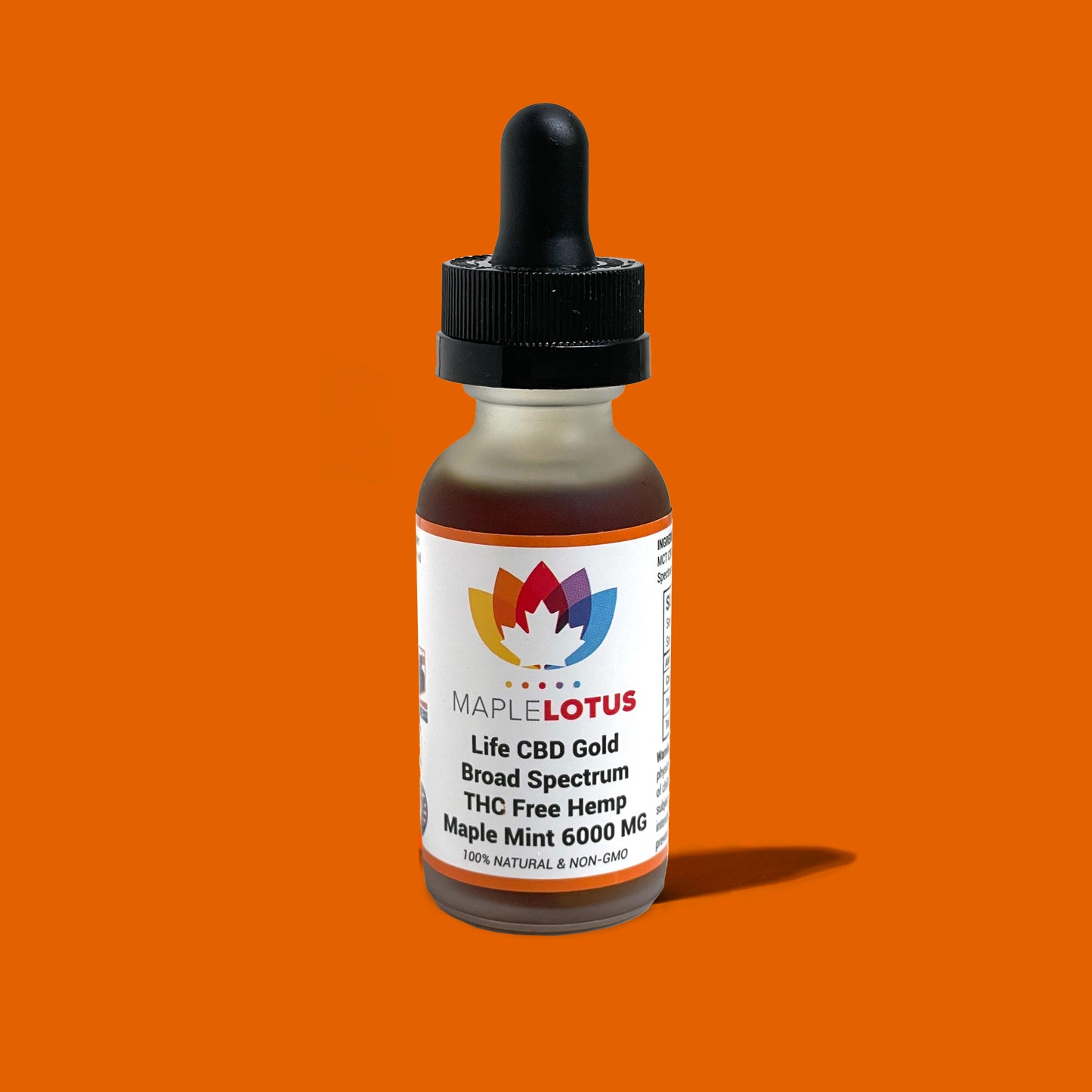
How to deal with pains conventionally?
Pain is one of the most widely reported medical issues on a global scale. According to CDC research, an estimated 20.4% of individuals in the United States had one or more types of chronic pain in 2018. That equates to 50 million Americans. A range of prescription medicines are regularly used to relieve pain. Analgesics and nonsteroidal anti-inflammatory medications are two examples (NSAIDs).
Traditional pain relievers are often effective. However, these medicines are renowned for leaving the user with a slew of side effects. That is why medical researchers are increasingly recommending CBD as an alternative to traditional pain drugs. But what exactly is CBD, and how can it help with pain? Continue reading to learn more about this unique pain-relieving compound.
What Is CBD?
Cannabidiol is abbreviated as CBD. It is cannabis's most well-known cannabinoid (therapeutic substance). CBD, which was discovered in the 1930s, has gained widespread recognition for its pain-relieving properties over the years.
However, pain isn't the only medical problem that cannabidiol may be beneficial for.
CBD has also shown promise in treating mental illnesses such as stress, anxiety, mood swings, and depression. All of this is due to its sedative qualities. Cannabidiol may be used to treat a variety of medical conditions, including insomnia, nausea, seizures, and erectile dysfunction (ED).
CBD products, like other cannabis-based treatments, come in a variety of formulations. Oral tinctures, sweets like gummies, and inhalables like CBD e-liquids are popular. Cannabidiol e-liquids, often known as CBD e-juice, CBD vape juice, or CBD vape oil, are widely regarded as a safer alternative to smoking marijuana.
Before ordering CBD from a merchant, conduct some research and learn about their reputation.
How Does CBD Treat Pain?
CBD, like all cannabinoids, reduces pain by influencing the endocannabinoid system (ECS). The endocannabinoid system is in charge of preserving the body's natural homeostasis. This system is also important in assisting the body's pain transmission systems.
To work properly, the endocannabinoid system relies on receptors known as endocannabinoid receptors. CB1 and CB2 receptors are examples of endocannabinoid receptors. The endocannabinoid system, in addition to receptors, has a number of neurotransmitters and enzymes that influence its overall functionality.
The full scope of cannabidiol interactions with the endocannabinoid system is still unknown. Researchers have discovered three separate ways CBD may mitigate pain through its influence on the ECS.
CBD May Activate the Vanilloid Receptor
CBD may alleviate pain by activating the Vanilloid receptor. The Vanilloid receptor is a type of endocannabinoid receptor that is involved in the transmission of pain signals. It is also known as the capsaicin receptor or transient receptor potential cation channel subfamily V member 1.
CBD May Boost Anandamide Signaling
Anandamide is a well-known endocannabinoid that is used in pain management therapy. Low anandamide levels are frequently linked to increased pain perceptions. As a result, anything that boosts the body's sensitivity to this molecule immediately helps with pain relief.
And this is another area where cannabidiol has proven to be really beneficial. CBD increases anandamide signaling by inhibiting the activity of fatty acid amide hydrolase (FAAH). FAAH is an enzyme that has been shown to inhibit and degrade anandamide.
CBD May Relieve Inflammation
One of the most common side effects of acute inflammation is pain. Acute inflammation is defined as inflammation caused by a direct physical insult to a muscle or bone. Strenuous workouts are a common cause.
According to research, cannabidiol may be used to relieve pain caused by acute inflammation. CBD reduces inflammation by blocking cytokines, which are substances that are thought to trigger inflammatory messenger actions in the body.
What Kinds Of Pain Can CBD Treat?
DOMS
DOMS, or delayed onset of muscular soreness, is a phrase used to describe the muscle stiffness and soreness that occurs 24 to 72 hours after indulging in rigorous activities. DOMS will finally disappear.
This syndrome, however, might cause unsettling exercise downtimes in persons who maintain a rigorous training schedule, such as athletes and bodybuilders. CBD has been shown in studies to cure DOMS by addressing its two main symptoms, pain and inflammation.
Arthritis
Arthritis is a degenerative bone disease that causes pain and inflammation, which are two of the most frequent medical conditions that CBD can treat. A 2016 study looked into the effects of CBD on arthritic rats. The rats that received the highest doses of cannabidiol-infused gels improved the most in pain and inflammation after four days of treatment.
Migraines
Migraine is another chronic pain condition that CBD-infused pills can help with.
Several studies have demonstrated that CBD, when combined with tetrahydrocannabinol (THC), can help alleviate migraine pain.
Multiple Sclerosis
Multiple Sclerosis (MS) is an autoimmune illness that causes excruciatingly painful muscle spasms. CBD has analgesic and sedative effects. As a result, the substance may aid in the relief of MS's most vexing symptoms.
Although there has been little research on cannabidiol's direct impact on MS, the results have been promising. According to a study, CBD oil may help people with multiple sclerosis (MS) reduce their muscle spasms.
Wrap Up
Cannabidiol is clearly an effective pain reliever. CBD is also non-psychoactive, so you can use it to alleviate pain without worrying about getting high.
References
https://www.ncbi.nlm.nih.gov/pmc/articles/PMC7023045/
https://www.ncbi.nlm.nih.gov/books/NBK425767/
https://healthblog.uofmhealth.org/health-management/should-you-take-cbd-for-pain











